Home>Furniture & Design>Bathroom Accessories>How To Use A Power Plunger
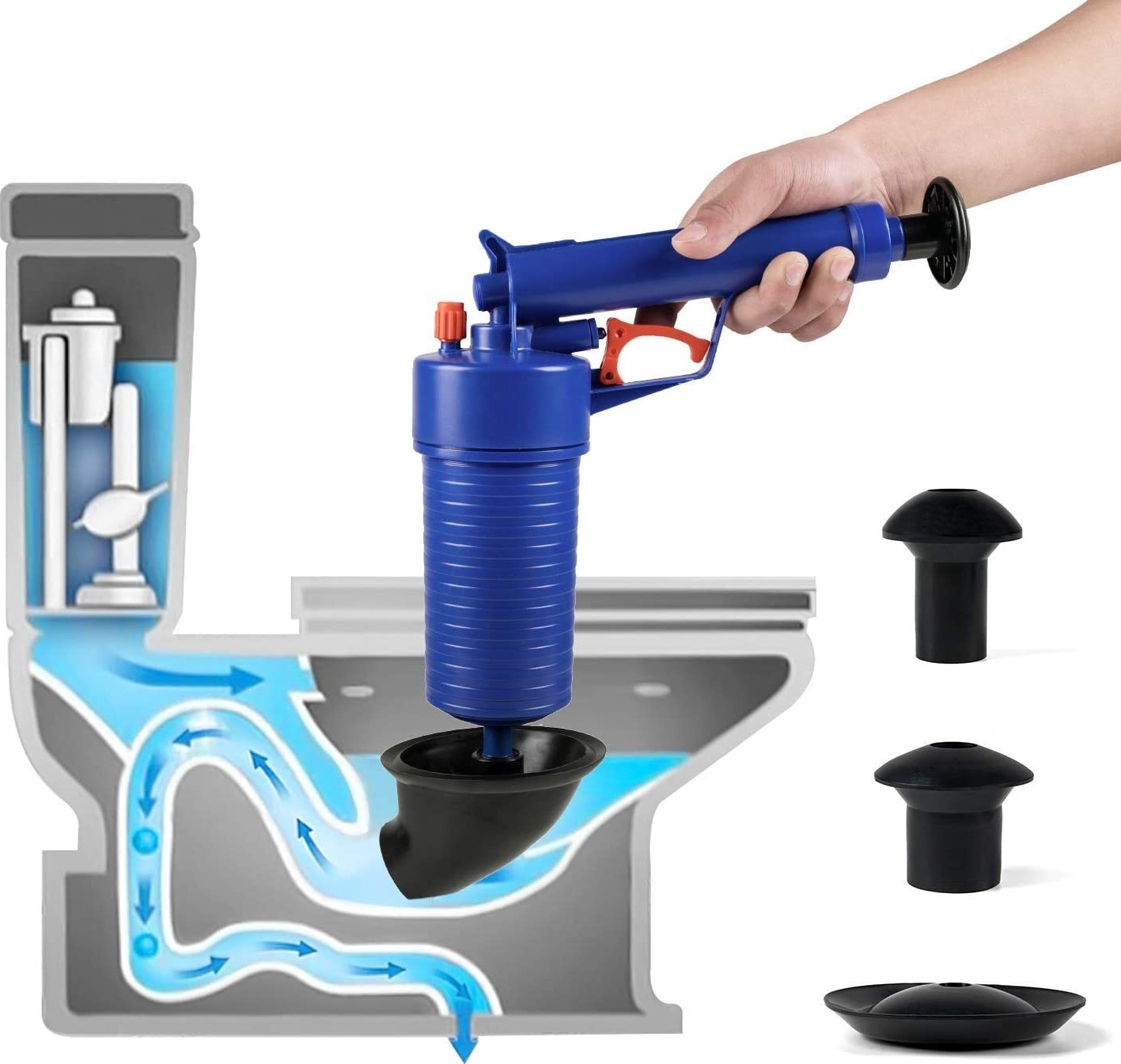

Bathroom Accessories
How To Use A Power Plunger
Modified: February 17, 2024
Learn how to effectively use a power plunger to unclog your bathroom drain with our step-by-step guide. Find out the best techniques and tips for using bathroom accessories.
(Many of the links in this article redirect to a specific reviewed product. Your purchase of these products through affiliate links helps to generate commission for Storables.com, at no extra cost. Learn more)
Introduction
When it comes to dealing with clogged drains, a power plunger can be a game-changer. This innovative tool offers a modern twist on the traditional plunger, providing a more effective and efficient way to tackle stubborn blockages in sinks, toilets, and drains. Whether you're a homeowner or a professional plumber, understanding how to use a power plunger can save you time, effort, and frustration.
In this comprehensive guide, we will delve into the ins and outs of using a power plunger effectively. From understanding the mechanics of the tool to mastering the proper techniques, you'll gain valuable insights that will empower you to tackle clogs with confidence. Additionally, we'll explore the essential steps for preparing the power plunger, using it to clear blockages, and maintaining it for long-term reliability.
By the end of this guide, you'll be equipped with the knowledge and skills needed to make the most of this powerful tool. So, let's dive in and discover the world of power plungers, unlocking their potential to simplify your plumbing maintenance and repair tasks.
Key Takeaways:
- Power plungers use compressed air to clear clogs in sinks, toilets, and drains, making them versatile and efficient tools for homeowners and plumbers. They are eco-friendly and easy to use, providing a modern solution to common plumbing issues.
- To use a power plunger effectively, prepare it by inspecting, securing the nozzle, pressurizing, and positioning it safely. Then, master the strategic steps of positioning, triggering, observing, adjusting, and repeating as needed. Proper maintenance and care are essential for maximizing its longevity and effectiveness.
Read more: How To Use A Plunger?
Understanding the Power Plunger
The power plunger, also known as an air-powered plunger or drain blaster, is a modern and effective tool designed to clear stubborn clogs in sinks, toilets, and drains. Unlike traditional plungers that rely on manual force, the power plunger utilizes compressed air to deliver a high-pressure burst, dislodging blockages with ease. This innovative approach makes it a versatile and efficient solution for addressing a wide range of plumbing issues.
At its core, the power plunger consists of a durable, handheld device equipped with a trigger mechanism and a nozzle. The nozzle is designed to create a tight seal over the drain opening, ensuring that the compressed air is directed precisely toward the clog. By harnessing the power of air pressure, the plunger can generate a forceful blast that effectively breaks up and clears obstructions, restoring proper drainage in the process.
One of the key advantages of the power plunger lies in its ability to deliver consistent and targeted pressure, making it suitable for use on various types of drains and fixtures. Whether you're dealing with a stubborn toilet clog, a slow-draining sink, or a blocked shower drain, the power plunger offers a versatile solution that can adapt to different scenarios.
Furthermore, the ergonomic design of the power plunger enhances user comfort and control, allowing for precise application of pressure without excessive physical exertion. This feature is particularly beneficial for individuals who may have difficulty using traditional plungers or those seeking a more efficient and user-friendly approach to drain maintenance.
In addition to its practical functionality, the power plunger is a cost-effective and environmentally friendly tool. By relying on air pressure instead of harsh chemicals or disposable products, it presents a sustainable alternative for addressing common plumbing issues. This aligns with the growing emphasis on eco-friendly practices and responsible resource management in the realm of home maintenance and repair.
Overall, understanding the mechanics and benefits of the power plunger sets the stage for harnessing its full potential in addressing clogs and maintaining optimal drainage systems. With this foundational knowledge in place, you'll be well-equipped to explore the essential steps for preparing and using the power plunger effectively, which we'll delve into in the following sections.
Preparing the Power Plunger
Before utilizing the power plunger to tackle stubborn clogs, it's essential to prepare the tool properly to ensure optimal performance. The preparation process involves several key steps that set the stage for effective and efficient usage.
-
Inspect the Plunger: Begin by inspecting the power plunger to ensure that all components are in good working condition. Check for any signs of damage, wear, or debris that may hinder its functionality. Verify that the trigger mechanism operates smoothly and that the nozzle is free from obstructions.
-
Secure the Nozzle: Next, securely attach the appropriate nozzle to the end of the power plunger. The selection of the nozzle should align with the specific drain or fixture being addressed. Different types of nozzles may be included with the plunger to accommodate various applications, such as sinks, toilets, or drains with different diameters.
-
Pressurize the Plunger: Depending on the model, the power plunger may require pressurization before use. This typically involves loading the plunger with air by utilizing a hand pump or other pressurization method. Follow the manufacturer's instructions to ensure that the plunger is adequately pressurized, as this directly impacts its effectiveness in clearing clogs.
-
Positioning and Safety: Prior to using the power plunger, it's important to position yourself appropriately and consider safety precautions. Ensure that the plunger's nozzle forms a tight seal over the drain opening, minimizing the potential for air leakage during operation. Additionally, maintain a firm grip on the plunger and be mindful of surrounding objects or individuals to prevent accidental damage or injury.
By meticulously preparing the power plunger through these essential steps, you set the stage for successful clog removal and drainage restoration. This proactive approach not only optimizes the tool's performance but also contributes to a safer and more efficient plumbing maintenance process.
With the power plunger properly prepared, you're ready to move on to the next crucial phase: using the tool to effectively clear clogs and restore proper drainage. This will be explored in detail in the following section, providing valuable insights into mastering the art of power plunger utilization.
Using the Power Plunger
Using a power plunger effectively involves a strategic approach that maximizes its potential to clear stubborn clogs and restore optimal drainage. Whether you're addressing a clogged toilet, a slow-draining sink, or a blocked shower drain, mastering the art of power plunger utilization can streamline the process and deliver satisfying results.
-
Positioning and Alignment: Before initiating the plunging action, ensure that the power plunger's nozzle forms a tight seal over the drain opening. This is crucial for directing the compressed air toward the clog with precision, maximizing the impact of the pressure burst. Proper alignment minimizes air leakage and enhances the effectiveness of the plunging action.
-
Triggering the Plunger: With the power plunger securely positioned over the drain, engage the trigger mechanism to release a forceful burst of compressed air. The sudden surge of pressure is directed toward the clog, effectively dislodging and breaking it apart. It's important to exert steady pressure on the trigger to maintain a consistent airflow, allowing the plunger to deliver sustained force against the obstruction.
-
Observing and Adjusting: As you apply the plunging action, observe the behavior of the drain and the surrounding area. You may notice signs of the clog breaking up and the water beginning to flow more freely. If the initial attempt doesn't fully clear the blockage, consider adjusting the positioning of the plunger and repeating the process to target the remaining obstruction. Persistence and adaptability are key to achieving successful results.
-
Repeating as Needed: In some cases, particularly stubborn clogs may require multiple plunging attempts to achieve complete clearance. If the initial effort doesn't fully resolve the issue, repeat the plunging process while adjusting the angle and pressure as necessary. By persisting with the targeted application of pressure, you can effectively dislodge and clear even the most resilient obstructions.
-
Observing Drainage Restoration: Once the clog has been successfully cleared, observe the restored drainage to ensure that the water flows freely without any lingering signs of obstruction. This verification step confirms the effectiveness of the power plunger and provides reassurance that the underlying issue has been resolved.
By following these strategic steps and mastering the art of power plunger utilization, you can confidently address clogs and restore optimal drainage in various fixtures. The targeted application of compressed air pressure, coupled with strategic adjustments and persistence, empowers you to tackle plumbing challenges with efficiency and effectiveness.
Maintenance and Care
Proper maintenance and care are essential for ensuring the longevity and optimal performance of your power plunger. By incorporating regular maintenance practices and observing careful handling, you can preserve the functionality of the tool and maximize its effectiveness in addressing clogs and drainage issues.
Read more: How To Use The Plunger In The Toilet
Cleaning and Storage
After each use, it's important to clean the power plunger thoroughly to remove any debris, residue, or buildup that may have accumulated during the plunging process. Use a mild detergent and warm water to clean the exterior surfaces of the plunger, ensuring that all components are free from dirt and grime. Pay special attention to the nozzle and trigger mechanism, as these areas are critical for maintaining a tight seal and smooth operation.
Once cleaned, allow the power plunger to dry completely before storing it. Proper storage is key to preventing damage and maintaining the tool's integrity. Store the plunger in a dry, well-ventilated area, away from direct sunlight and extreme temperatures. Avoid placing heavy objects on top of the plunger, as this can cause deformation or damage to its components.
Inspection and Component Maintenance
Regularly inspect the power plunger for any signs of wear, damage, or deterioration. Check the nozzle for cracks or deformities that may compromise its sealing ability. Verify that the trigger mechanism operates smoothly and that there are no loose or damaged components. Address any issues promptly to prevent further damage and maintain the plunger's functionality.
Additionally, if your power plunger is equipped with replaceable nozzles or other components, ensure that you have spare parts on hand as needed. This proactive approach allows for quick replacements and minimizes downtime when addressing clogs and drainage issues.
Lubrication and Component Integrity
Periodically lubricate the moving parts of the power plunger to ensure smooth operation and prevent friction-related wear. Use a silicone-based lubricant or a lubricant recommended by the manufacturer to maintain the trigger mechanism and other moving components. This simple maintenance practice can prolong the life of the plunger and contribute to consistent performance over time.
Furthermore, prioritize the integrity of the plunger's components, such as the nozzle, trigger, and seals. Avoid using excessive force or subjecting the plunger to impacts that may compromise its structural integrity. By handling the tool with care and attention, you can preserve its functionality and reliability for long-term use.
Manufacturer's Guidelines and Service
Adhere to the manufacturer's guidelines for maintenance and care, as outlined in the product manual or documentation. Follow any specific recommendations for cleaning, lubrication, and storage to ensure that you are maintaining the power plunger in accordance with the manufacturer's specifications.
In the event of any issues or concerns regarding the performance of the power plunger, consider reaching out to the manufacturer or authorized service providers for assistance. Professional servicing and maintenance can address underlying issues and ensure that the plunger continues to deliver optimal performance.
By incorporating these maintenance and care practices into your routine, you can safeguard the functionality and longevity of your power plunger, ensuring that it remains a reliable and effective tool for addressing clogs and maintaining optimal drainage in your home or professional setting.
When using a power plunger, make sure to create a tight seal around the drain to maximize pressure. Pump the plunger up and down several times to dislodge the clog. If the clog doesn’t clear, try repeating the process or seek professional help.
Read more: How To Use A Coffee Plunger
Conclusion
In conclusion, mastering the art of using a power plunger can significantly simplify the process of addressing stubborn clogs and restoring optimal drainage in sinks, toilets, and drains. By understanding the mechanics and benefits of the power plunger, preparing the tool effectively, and utilizing it strategically, individuals can streamline their plumbing maintenance tasks with confidence and efficiency.
The power plunger's innovative approach, harnessing compressed air to deliver targeted pressure, sets it apart as a versatile and effective tool for addressing a wide range of plumbing issues. Its ergonomic design and environmentally friendly operation further enhance its appeal, making it a valuable addition to any homeowner's or plumber's toolkit.
Proper preparation of the power plunger, including inspecting the tool, securing the appropriate nozzle, pressurizing it, and ensuring safe positioning, lays the groundwork for successful clog removal. This proactive approach optimizes the tool's performance and contributes to a safer and more efficient plumbing maintenance process.
Mastering the strategic steps for using the power plunger, including positioning and alignment, triggering the plunger, observing and adjusting, repeating as needed, and verifying drainage restoration, empowers individuals to address clogs with precision and persistence. This targeted application of compressed air pressure, coupled with strategic adjustments, enables effective clog clearance and drainage restoration.
Furthermore, incorporating proper maintenance and care practices, such as cleaning, inspection, lubrication, and adherence to manufacturer's guidelines, ensures the longevity and optimal performance of the power plunger. By prioritizing these maintenance efforts, individuals can preserve the functionality of the tool and maximize its effectiveness in addressing clogs and drainage issues over time.
In essence, the power plunger represents a modern and efficient solution for addressing common plumbing challenges. By mastering its usage and incorporating diligent maintenance practices, individuals can navigate clog removal and drainage restoration with ease, ultimately simplifying their plumbing maintenance and repair tasks.
With the knowledge and skills gained from this guide, individuals can confidently leverage the power of the plunger to overcome clogs and maintain optimal drainage, contributing to a more seamless and hassle-free plumbing experience in both residential and professional settings.
Frequently Asked Questions about How To Use A Power Plunger
Was this page helpful?
At Storables.com, we guarantee accurate and reliable information. Our content, validated by Expert Board Contributors, is crafted following stringent Editorial Policies. We're committed to providing you with well-researched, expert-backed insights for all your informational needs.
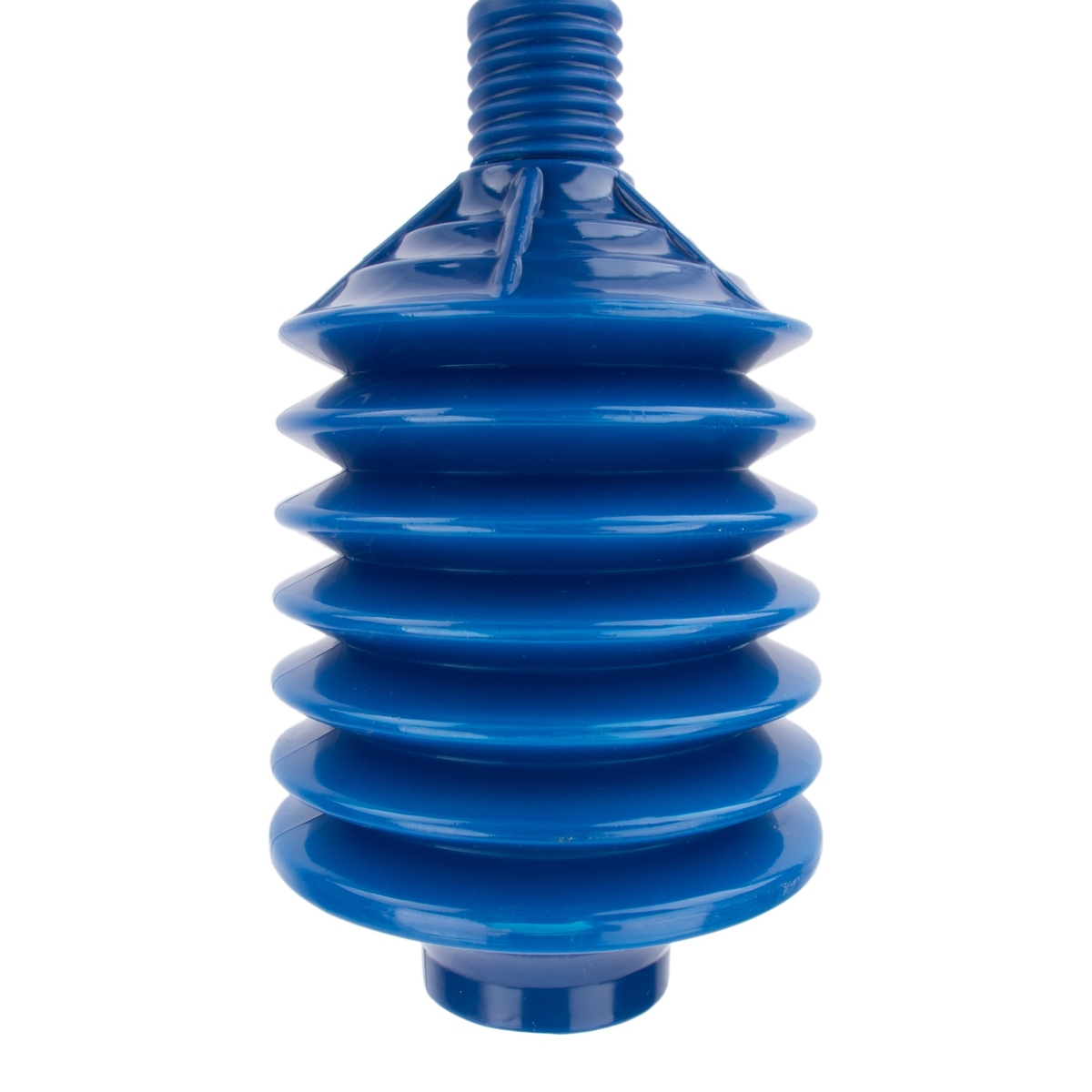
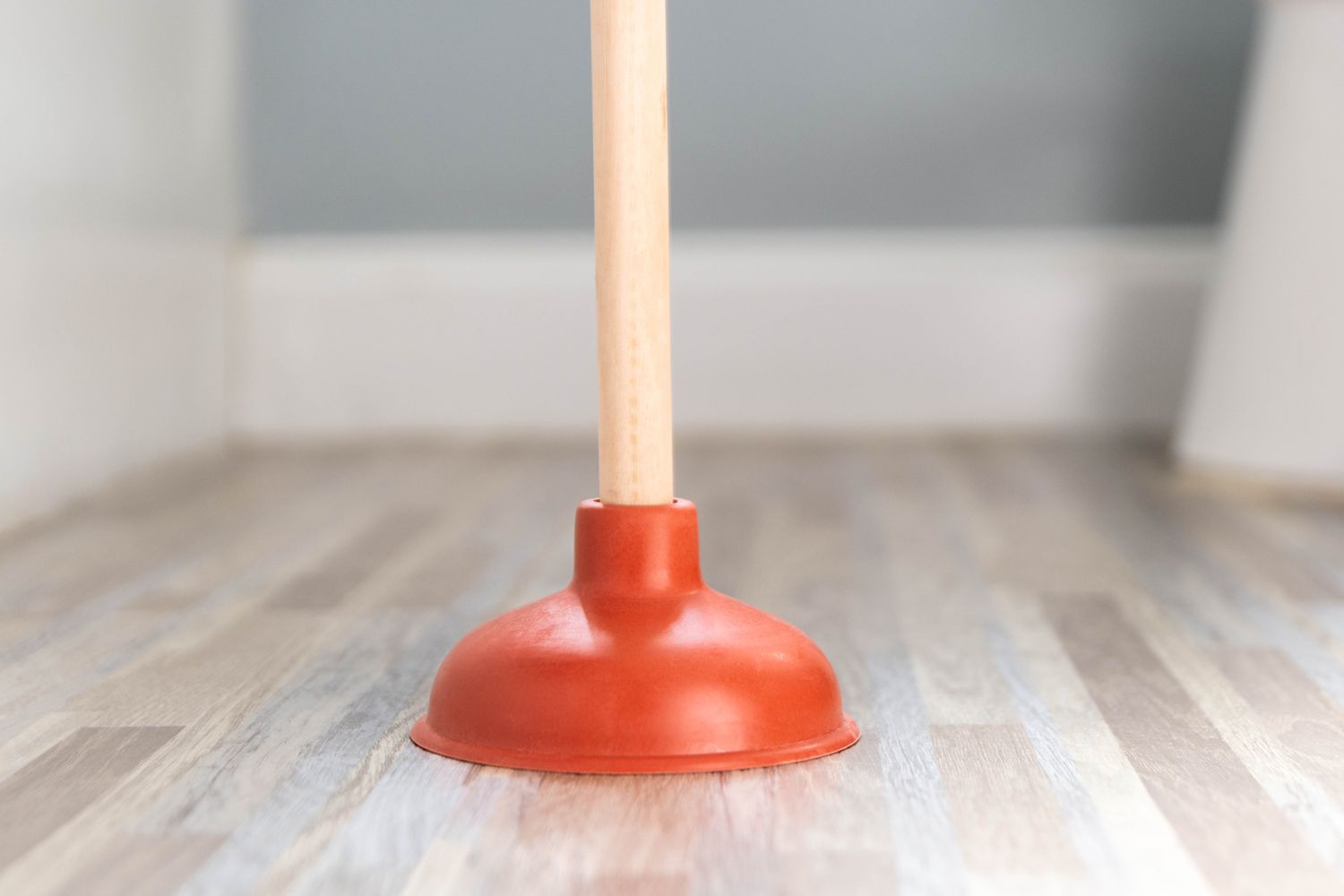
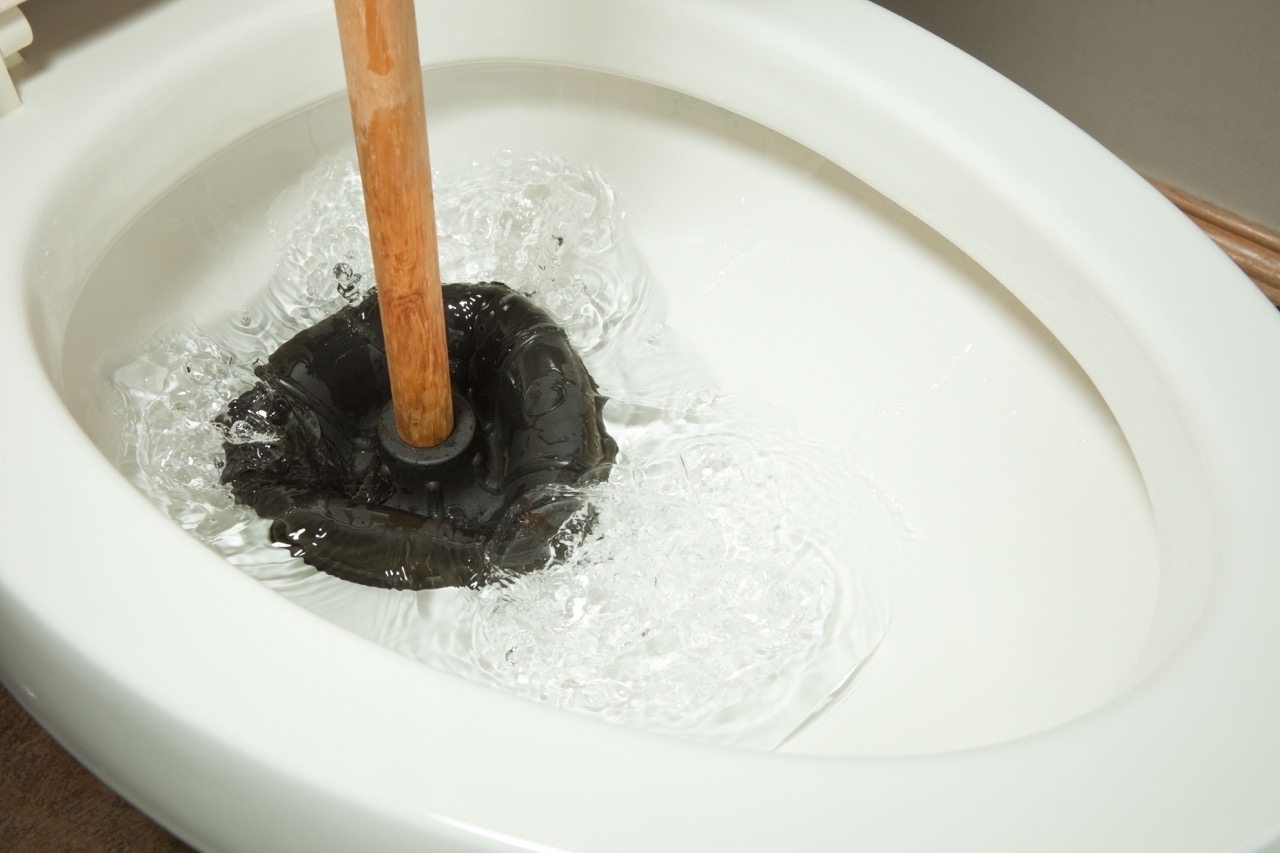
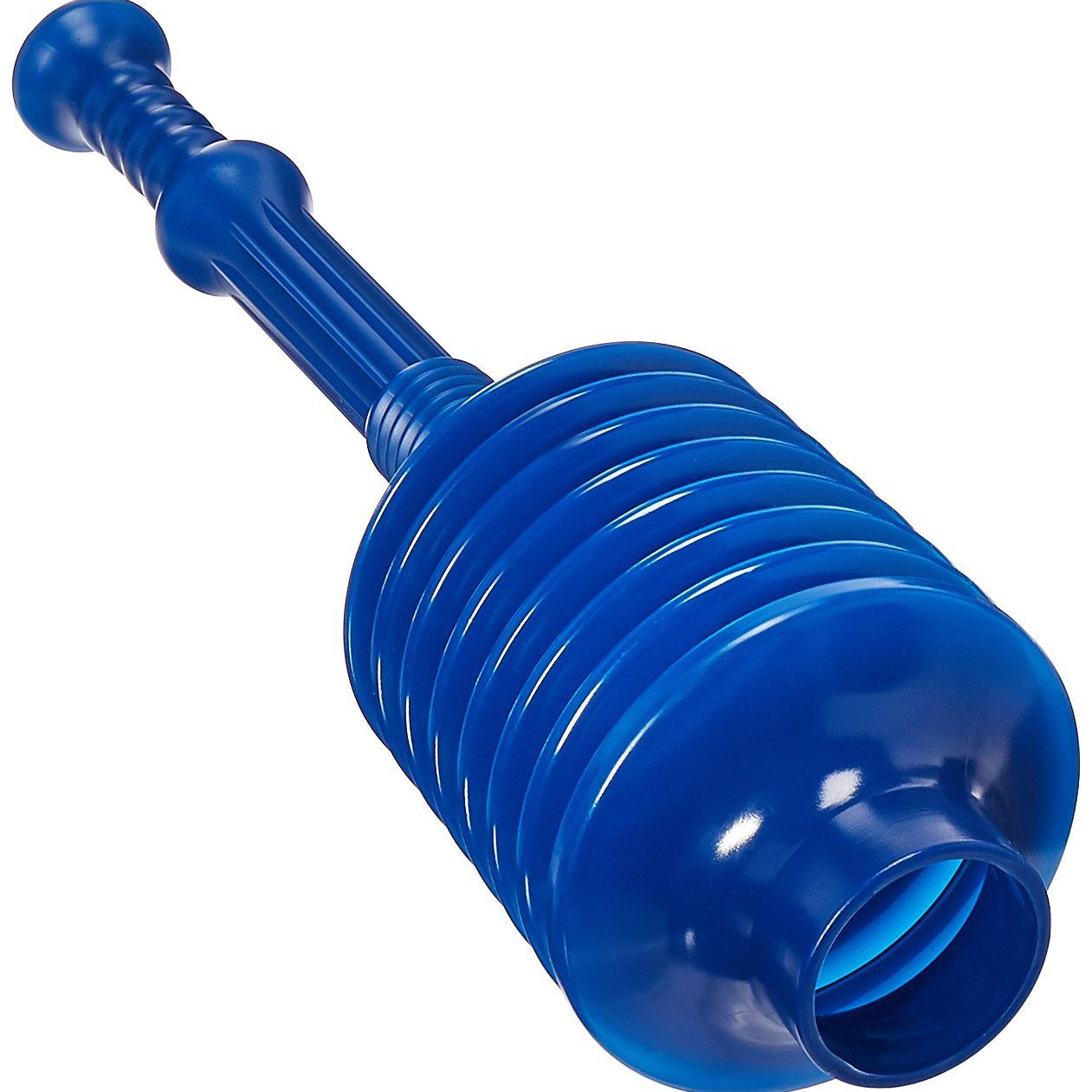
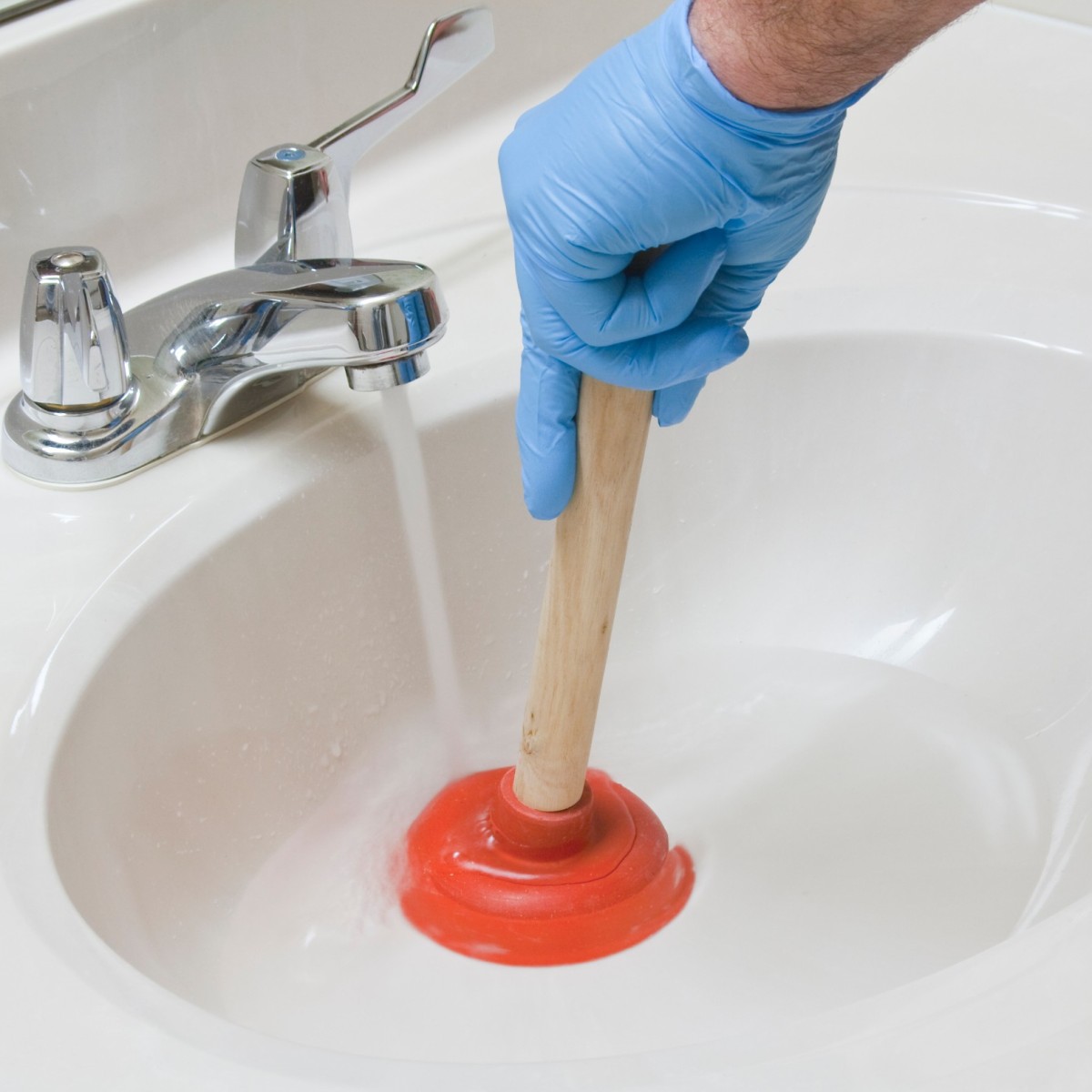
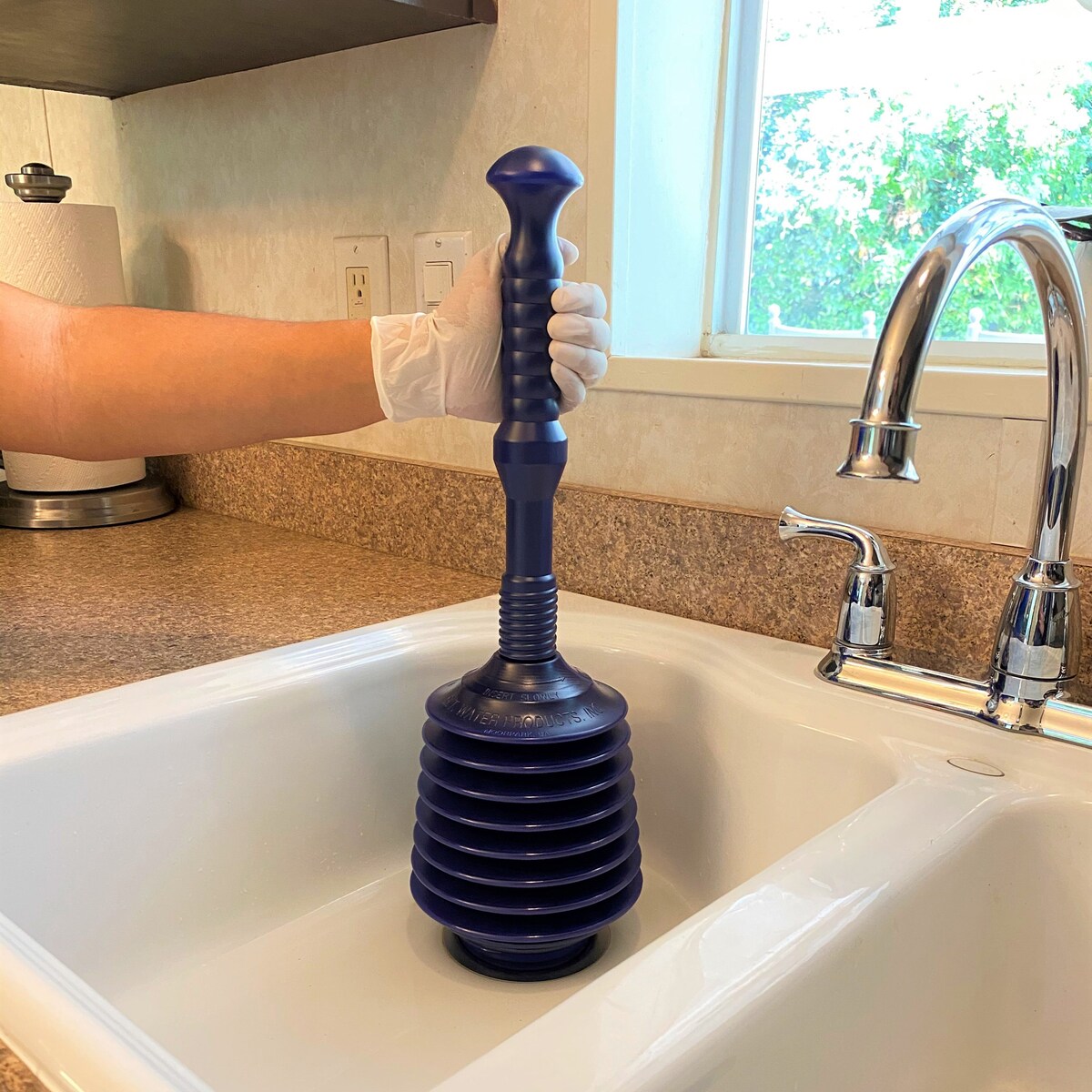
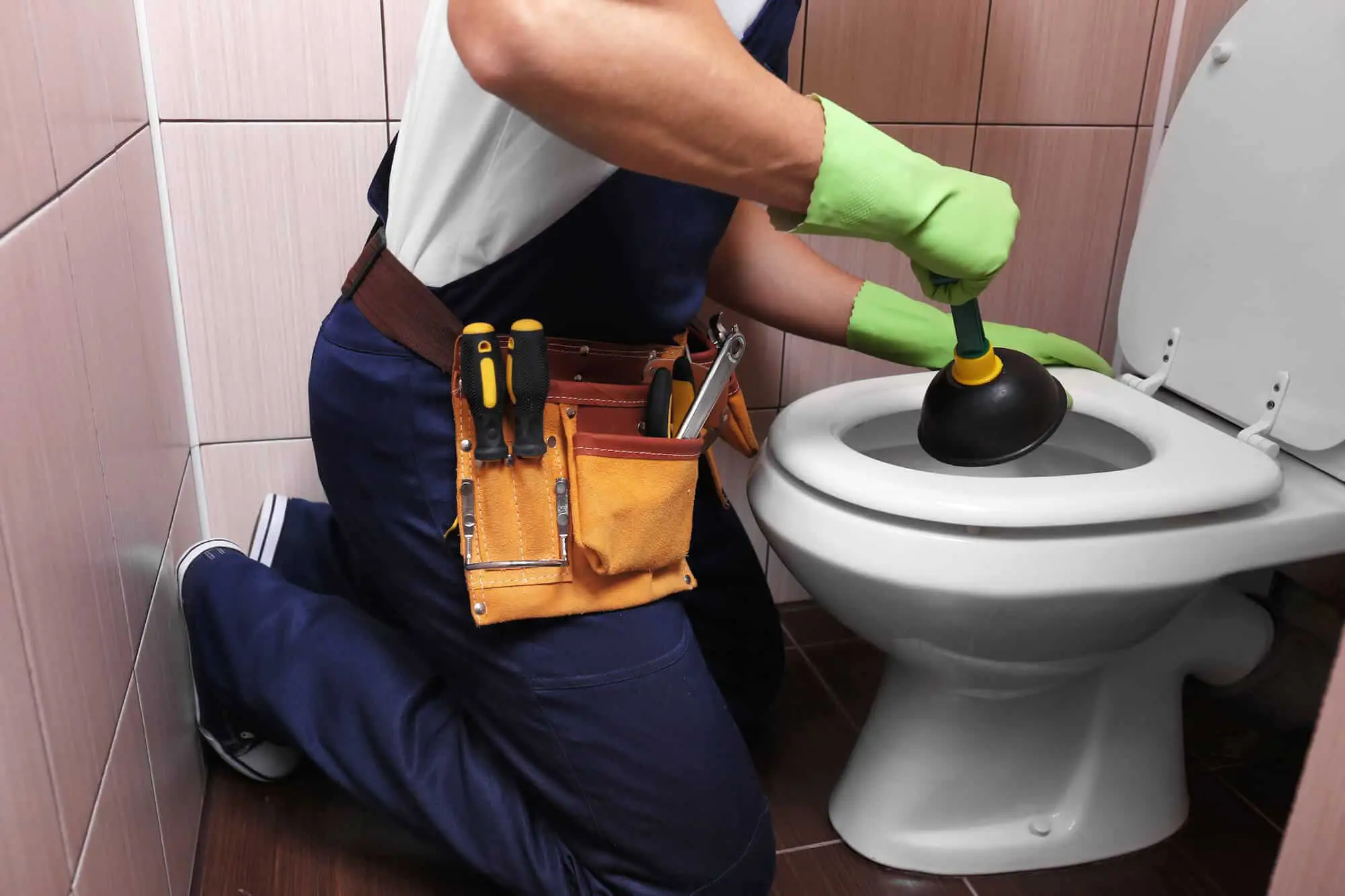

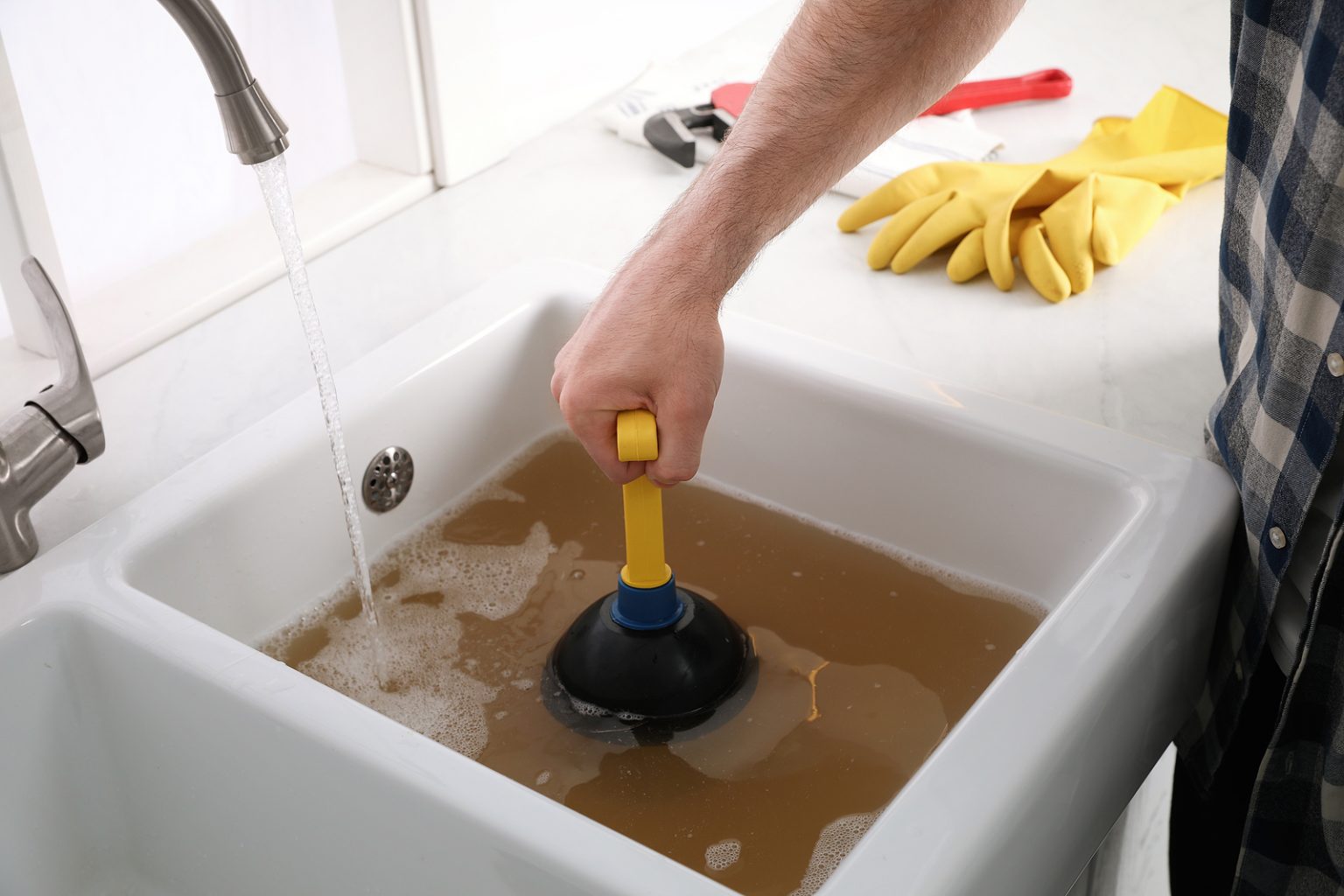

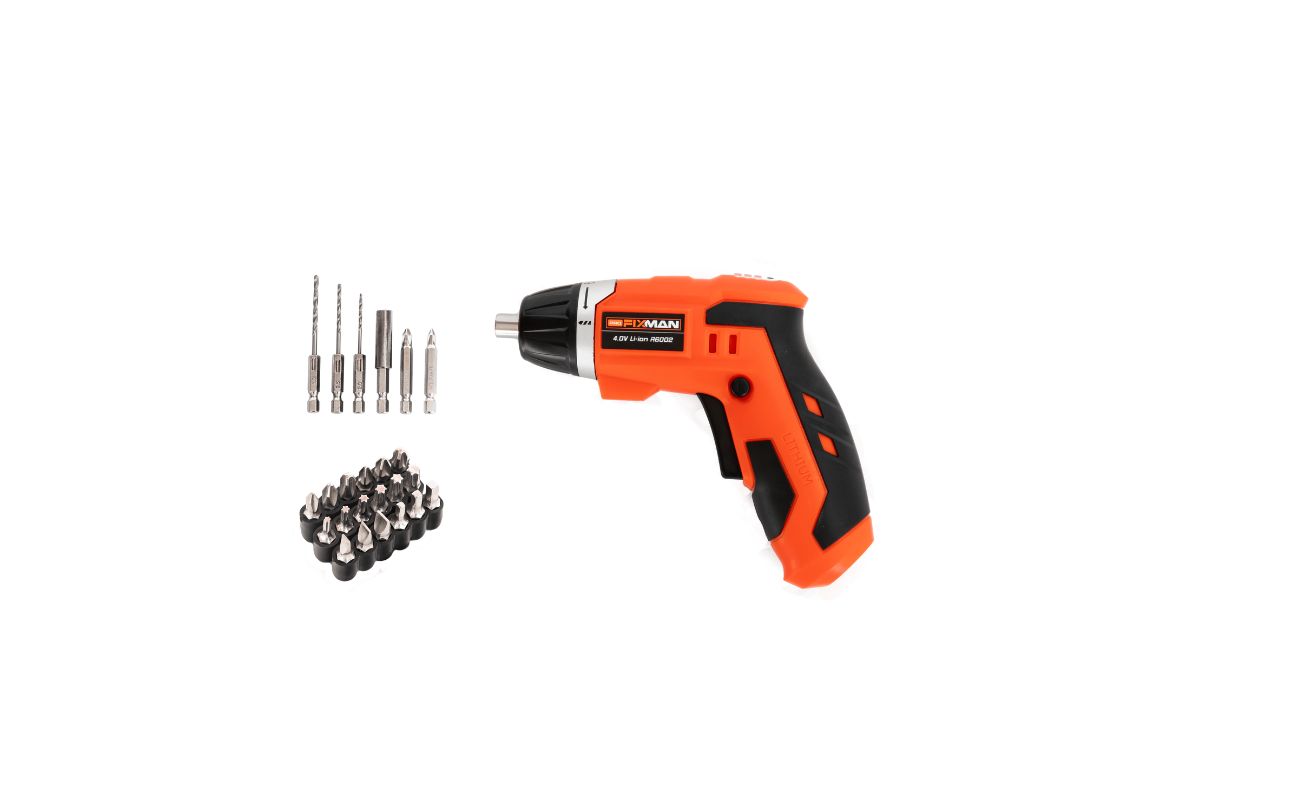
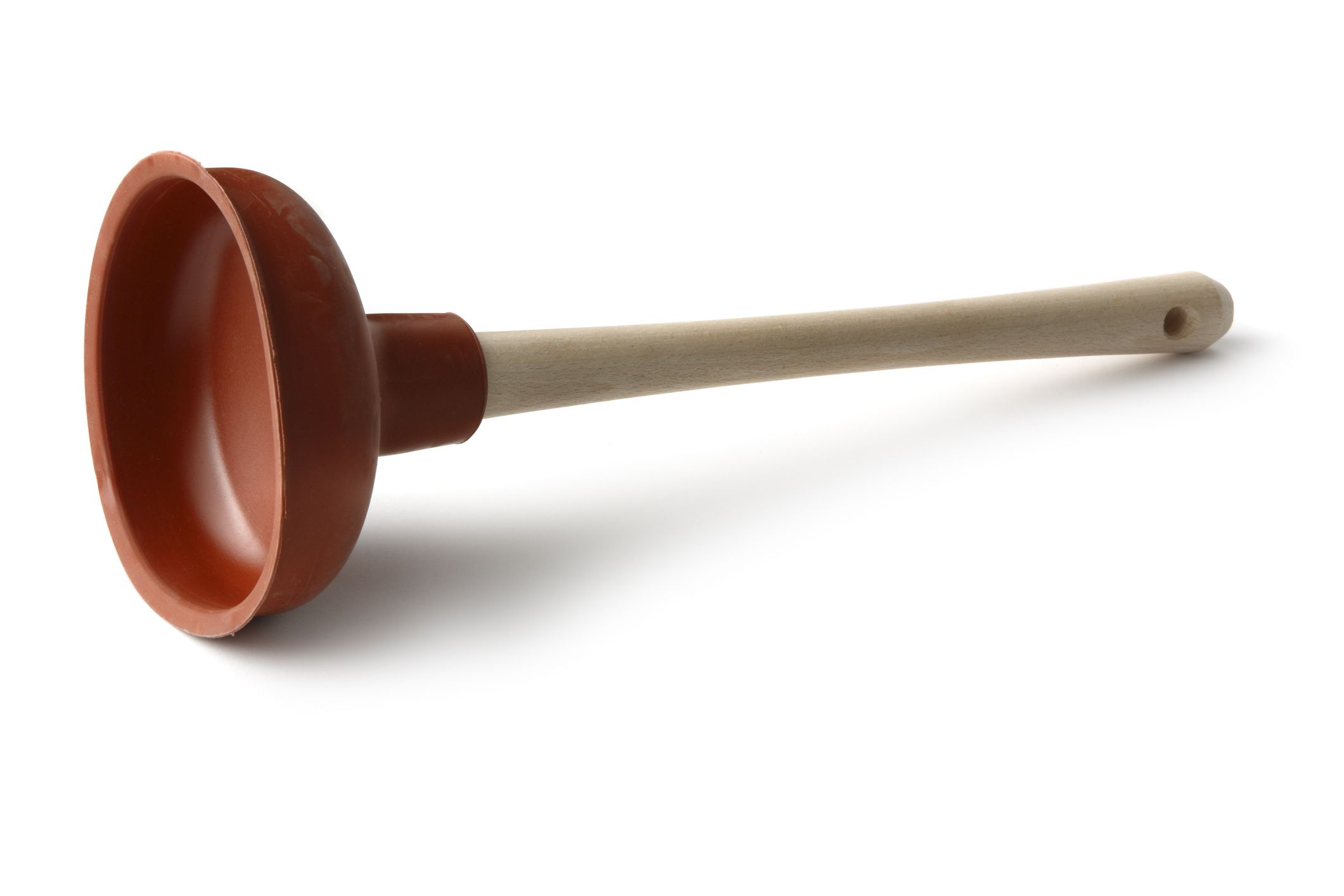
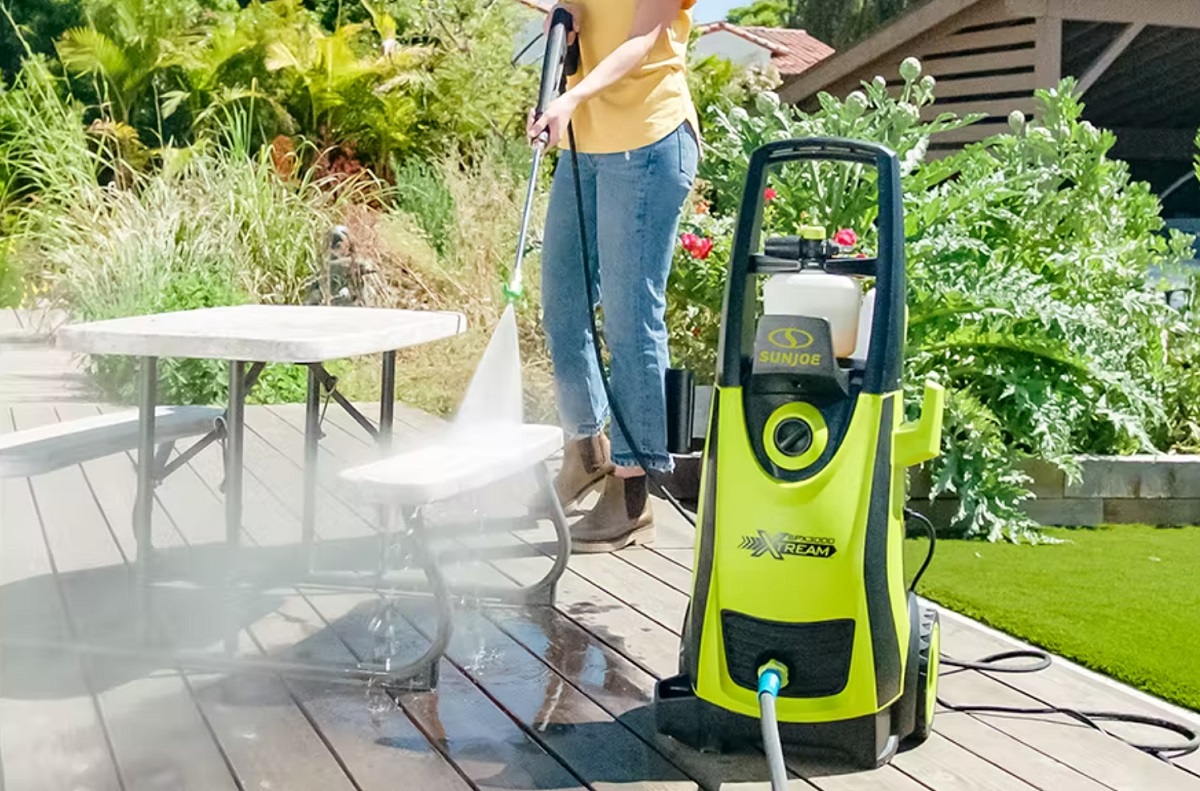

0 thoughts on “How To Use A Power Plunger”